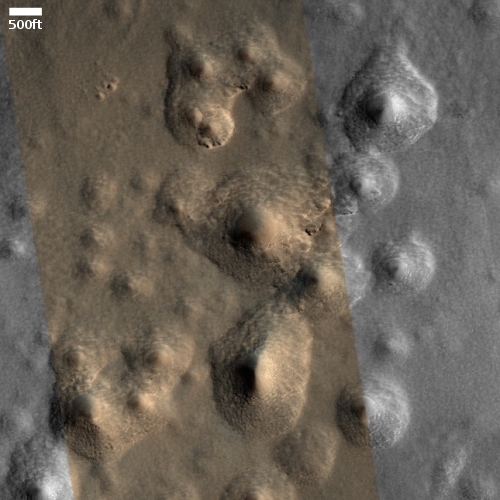Boeing wins FCC approval for its own satellite internet constellation
Capitalism in space: After four years of review, the FCC has finally approved a license for Boeing to launch its own internet constellation of 147 satellites.
The license requires Boeing to launch half the constellation by ’27, with the rest in orbit by ’30.
The real significance of this constellation, combined with those being launched by SpaceX, OneWeb, Amazon, and even the Chinese, is that they are creating a gigantic demand for launch services. A lot of rockets of all kinds from many companies are going to be needed to put in orbit the tens of thousands of satellites now proposed.
Such demand, should it continue, guarantees that launch costs will drop, because there will be a lot of business and competition to force the costs down.
Capitalism in space: After four years of review, the FCC has finally approved a license for Boeing to launch its own internet constellation of 147 satellites.
The license requires Boeing to launch half the constellation by ’27, with the rest in orbit by ’30.
The real significance of this constellation, combined with those being launched by SpaceX, OneWeb, Amazon, and even the Chinese, is that they are creating a gigantic demand for launch services. A lot of rockets of all kinds from many companies are going to be needed to put in orbit the tens of thousands of satellites now proposed.
Such demand, should it continue, guarantees that launch costs will drop, because there will be a lot of business and competition to force the costs down.


